Problem with face-checking in engineered hardwood
many_hats
15 years ago
Featured Answer
Sort by:Oldest
Comments (12)
jerry_t
15 years agomany_hats
15 years agoRelated Professionals
American Canyon Flooring Contractors · Eastvale Flooring Contractors · Eldersburg Flooring Contractors · Lake Stevens Flooring Contractors · Land O' Lakes Flooring Contractors · Pearland Flooring Contractors · Schofield Barracks Carpet Dealers · Brighton General Contractors · Dallas General Contractors · Dunedin General Contractors · Florham Park General Contractors · Maple Heights General Contractors · New Milford General Contractors · Reisterstown General Contractors · West Whittier-Los Nietos General Contractorsglennsfc
15 years agojerry_t
15 years agoglennsfc
15 years agoWF Smith, Inc.
15 years agomany_hats
15 years agojerry_t
15 years agomany_hats
15 years agomany_hats
15 years agojerry_t
15 years ago
Related Stories

HOUSEKEEPING10 Problems Your House May Be Trying to Show You
Ignore some of these signs and you may end up with major issues. We tell you which are normal and which are cause for concern
Full Story
REMODELING GUIDESWhen to Use Engineered Wood Floors
See why an engineered wood floor could be your best choice (and no one will know but you)
Full Story
FIREPLACES12 Hot Ideas for Fireplace Facing
From traditional brick to industrial steel, there’s a fireplace cladding here to light up your design
Full Story
REMODELING GUIDESThe Hidden Problems in Old Houses
Before snatching up an old home, get to know what you’re in for by understanding the potential horrors that lurk below the surface
Full Story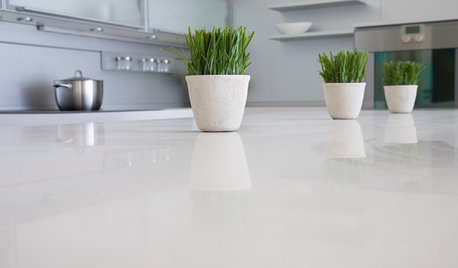
KITCHEN DESIGNKitchen Counters: Stunning, Easy-Care Engineered Quartz
There's a lot to like about this durable blend of quartz and resin for kitchen countertops, and the downsides are minimal
Full Story
MATERIALSWhat to Ask Before Choosing a Hardwood Floor
We give you the details on cost, installation, wood varieties and more to help you pick the right hardwood flooring
Full Story
REMODELING GUIDESTransition Time: How to Connect Tile and Hardwood Floors
Plan ahead to prevent unsightly or unsafe transitions between floor surfaces. Here's what you need to know
Full Story
HOUSEKEEPINGHow to Clean Hardwood Floors
Gleaming wood floors are a thing of beauty. Find out how to keep them that way
Full Story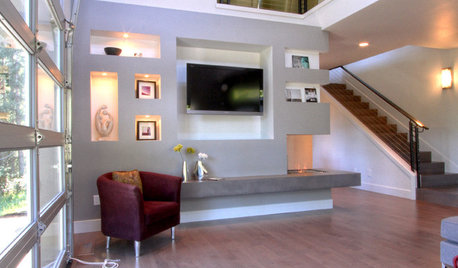
REMODELING GUIDESContractor Tips: Smooth Moves for Hardwood Floors
Dreaming of gorgeous, natural wood floors? Consider these professional pointers before you lay the first plank
Full Story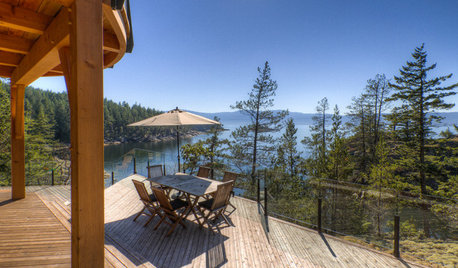
DECKSDecking Materials Beyond Basic Lumber
Learn about softwoods, tropical hardwoods, composites and more for decks, including pros, cons and costs
Full Story





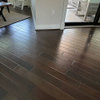
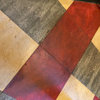
many_hatsOriginal Author